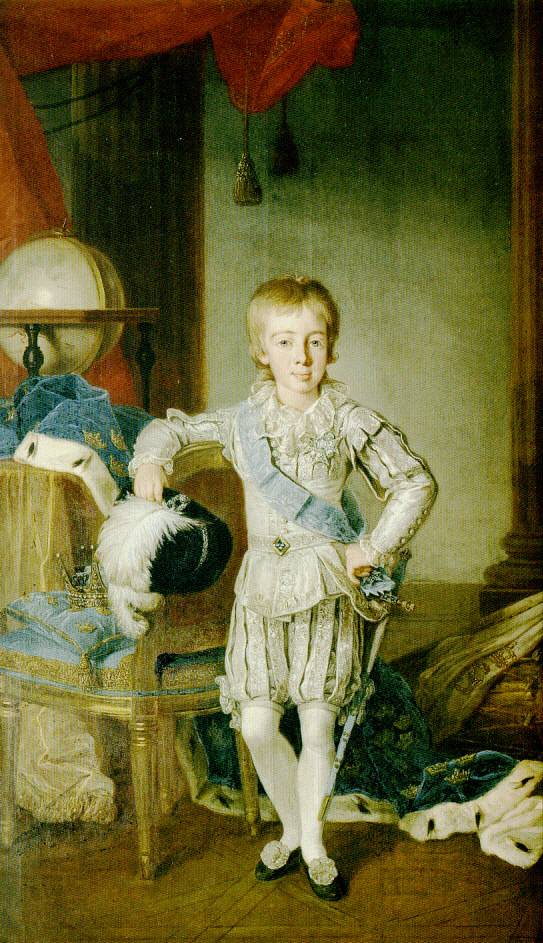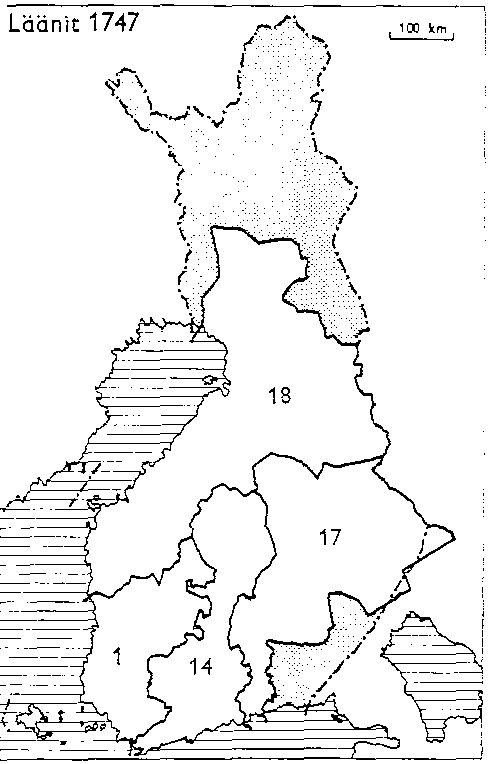|
Savolax And Kymmenegård County
Savolax and Kymmenegård County (, ) was a county of the Kingdom of Sweden (located in what is now Southeastern Finland) from 1747 to 1775. In 1743, following the Russo-Swedish War of 1741–1743, part of the County of Kymmenegård and Nyslott, including the county capital of Villmanstrand, was ceded to Russia in the Treaty of Åbo. The remaining part of the county was merged in 1747 with some territories from County of Nyland and Tavastehus to a new County of Savolax and Kymmenegård. The county capital was moved to Lovisa. In 1775 the county was split into the Savolax and Karelia County (, ) and the Kymmenegård County (, ). Maps Governors * Henrik Jacob Wrede af Elimä 1747–1753 *Anders Johan Nordenskjöld Anders is a male name in Scandinavian languages and Fering North Frisian, an equivalent of the Greek Andreas ("manly") and the English Andrew. It originated from Andres via metathesis. In Sweden, Anders has been one of the most common names fo ... 1753– ... [...More Info...] [...Related Items...] OR: [Wikipedia] [Google] [Baidu] |
Kingdom Of Sweden (1721–1809)
The history of Sweden from 1772 to 1809 is better known as the Gustavian era of kings Gustav III and Gustav IV Adolf, as well as the reign of King Charles XIII. Gustav III Adolf Frederick of Sweden died on 12 February 1771. The elections afterward resulted in a partial victory for the Caps party, especially among the lower orders; but in the estate of the peasantry the Caps majority was merely nominal, while the mass of the nobility was dead against them. Nothing could be done, however, till the return of the new king, Gustav III, from Paris. Coronation oath The new coronation oath contained three revolutionary clauses: #The first aimed at making abdications in the future impossible by binding the king to reign uninterruptedly. #The second obliged him to abide, not by the decision of all the estates together, as heretofore, but by that of the majority only, with the view of enabling the actually dominant lower estates (in which there was a large Cap majority) to rule ... [...More Info...] [...Related Items...] OR: [Wikipedia] [Google] [Baidu] |
Kymmenegård County
Kymmenegård County (, ) was a county of Sweden 1775-1809 and province of Grand Duchy of Finland 1809-1831. The county was created in 1775 by dividing the Savolax and Kymmenegård County (, ) into two parts: Savolax and Karelia County and Kymmenegård County. Residence city was Heinola. By the Treaty of Fredrikshamn in 1809 Kingdom of Sweden (1721–1809), Sweden ceded all its territories in Finland, east of the Torne (Finnish and Swedish river), Torne River, to Russia. Kymmenegård Province was succeeded in 1831 by the Mikkeli Province in the autonomic Grand Duchy of Finland. Minor parts of province were merged to Uusimaa Province. Maps Governors *Gustaf Riddercreutz 1774–1783 *Robert Wilhelm de Geer af Tervik 1783–1789 *Otto Wilhelm Ramsay 1789–1792 *Herman af Låstbom 1793 *Otto Wilhelm Ramsay 1793 *Johan Herman Lode 1793–1810 *Fredrik Adolf Jägerhorn, Fredrik Adolf Jägerhorn af Spurila 1810–1812 *Anders Gustaf Langenskiöld 1812–1827 *Adolf Broberg 18 ... [...More Info...] [...Related Items...] OR: [Wikipedia] [Google] [Baidu] |
Anders Henrik Ramsay
Anders is a male name in Scandinavian languages and Fering North Frisian, an equivalent of the Greek Andreas ("manly") and the English Andrew. It originated from Andres via metathesis. In Sweden, Anders has been one of the most common names for many centuries, earliest attested in 1378. It was common for priests and farmers during medieval times. According to Statistics Sweden, as of 31 December 2021 it ranks 4th among the male names. The great frequency of this name at the point in time (around 1900) when patronymics were converted into family names is the reason why 1 out of every 30 Swedes today is called Andersson. The name day of Anders in the Scandinavian calendar is 30 November, and in the old peasant superstition that day was important for determining what the Christmas weather would be. If it was very cold on 30 November there would be much sleet on Christmas (and vice versa). In Denmark Donald Duck's name is ''Anders And''. The Fering name Anders may have been bor ... [...More Info...] [...Related Items...] OR: [Wikipedia] [Google] [Baidu] |
Otto Wilhelm De Geer
Otto is a masculine German given name and a surname. It originates as an Old High German short form (variants ''Audo'', '' Odo'', '' Udo'') of Germanic names beginning in ''aud-'', an element meaning "wealth, prosperity". The name is recorded from the 7th century ( Odo, son of Uro, courtier of Sigebert III). It was the name of three 10th-century German kings, the first of whom was Otto I the Great, the first Holy Roman Emperor, founder of the Ottonian dynasty. The Gothic form of the prefix was ''auda-'' (as in e.g. '' Audaþius''), the Anglo-Saxon form was ''ead-'' (as in e.g. '' Eadmund''), and the Old Norse form was '' auð-''. Due to Otto von Bismarck, the given name ''Otto'' was strongly associated with the German Empire in the later 19th century. It was comparatively frequently given in the United States (presumably in German American families) during the 1880s to 1890s, remaining in the top 100 most popular masculine given names in the US throughout 1880–1898, but its ... [...More Info...] [...Related Items...] OR: [Wikipedia] [Google] [Baidu] |


